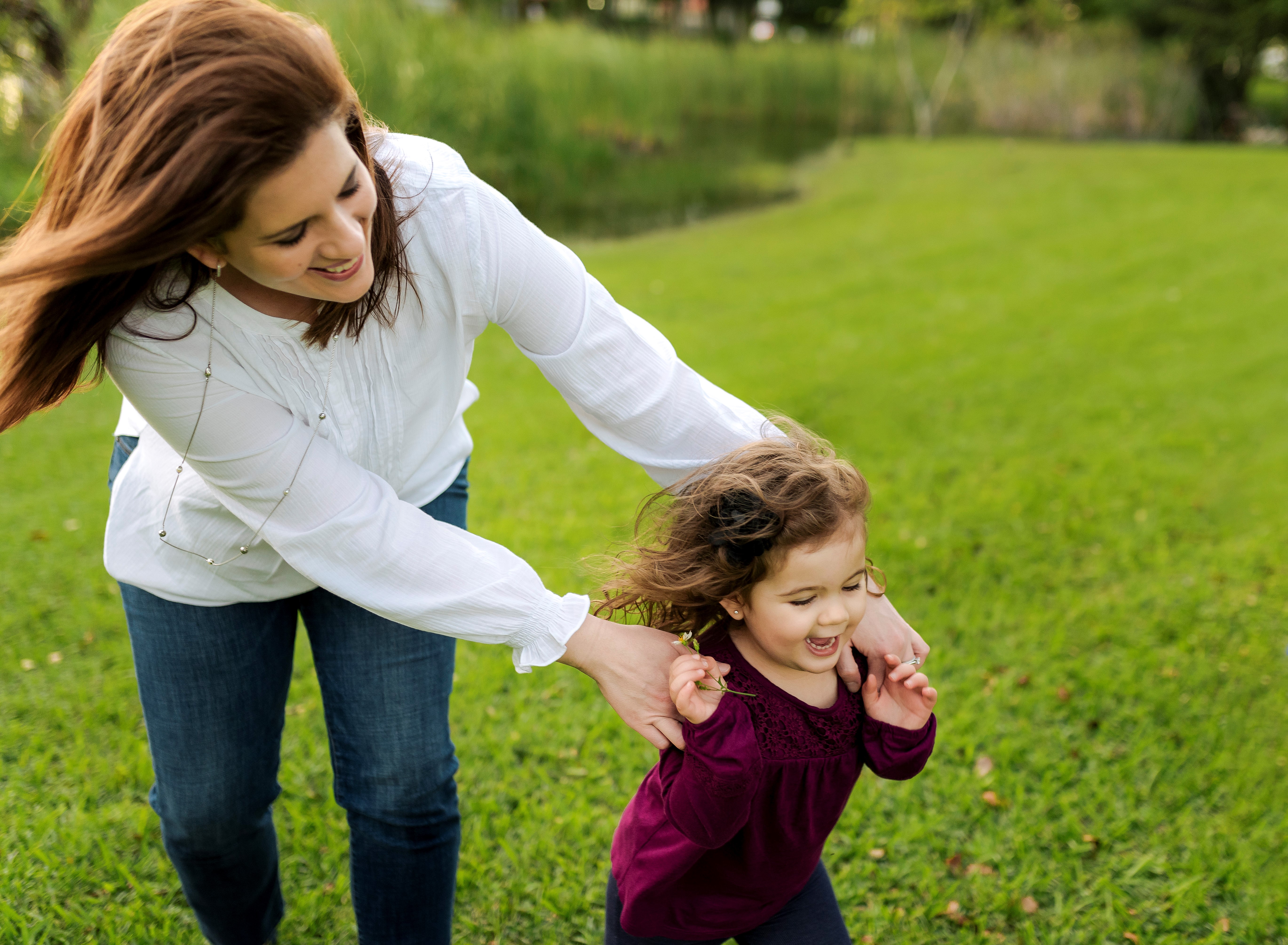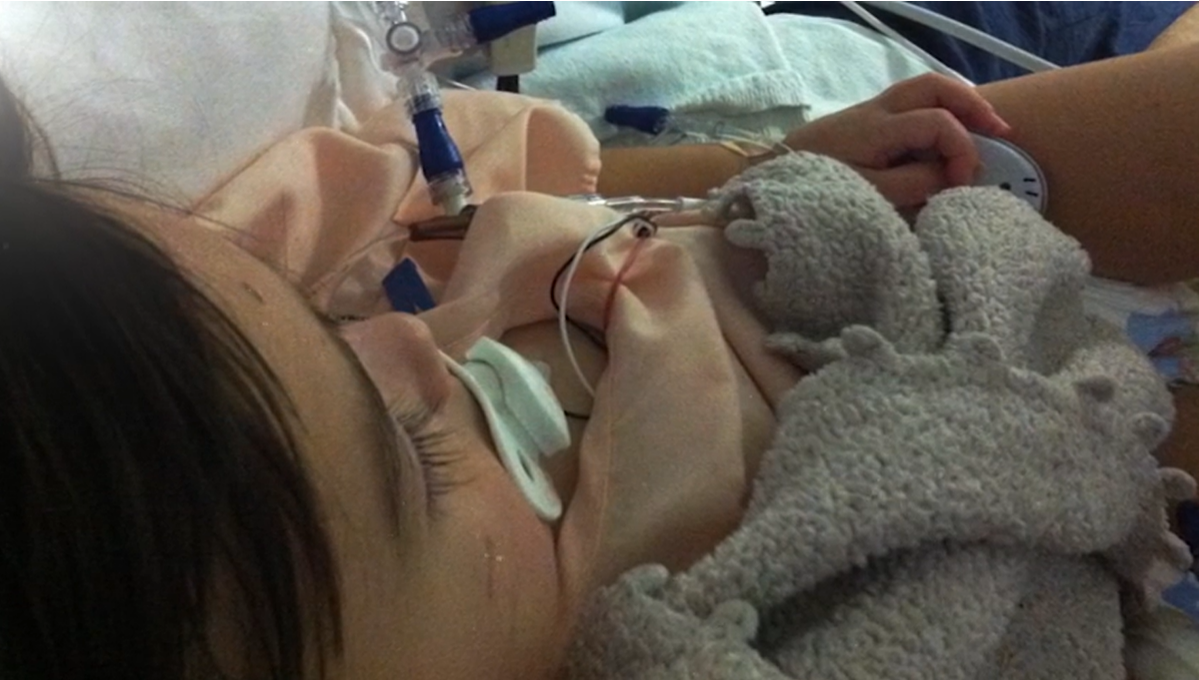With COVID levels high across most of the country, some people may find themselves experiencing symptoms of COVID rebound in the coming weeks.
“COVID rebound is a recurrence of COVID symptoms after initial improvement or a new positive test after a negative one,” Dr. Scott Roberts, associate medical director of infection prevention at Yale School of Medicine in New Haven, Connecticut, tells TODAY.com.
Earlier in the pandemic, COVID rebound was thought to be mostly caused by taking the antiviral treatment Paxlovid, as many of these patients would notice symptoms returning a few days after finishing treatment. But a recent report from the U.S. Centers for Disease Control and Prevention found no consistent link between taking Paxlovid and those who experienced COVID rebound.
Here’s a review of what we know so far about COVID rebound, as the U.S. continues to ride its second-largest COVID wave.
Get South Florida local news, weather forecasts and entertainment stories to your inbox. Sign up for NBC South Florida newsletters.
What is COVID rebound?
COVID rebound occurs when COVID symptoms stop and then return days later. It's not exactly clear why it happens.
The current evidence suggests COVID rebound usually occurs three to seven days after an infection resolves in patients, according to the December CDC report.
Here are some typical characteristics of COVID rebound:
- Symptoms are usually mild.
- You are unlikely to require hospitalization.
- The illness lasts usually less than a week.
- It is not specifically associated with Paxlovid.
Paxlovid was granted full approval in May 2023 by the U.S. Food and Drug Administration for adults 18 and older who have mild or moderate COVID and are high risk for severe disease. Research shows it can substantially reduce the risk of severe illness from COVID, including hospitalization and death.
Health
It's prescribed to patients at high risk for complications to prevent them from getting so sick that they need to go to the hospital. Treatment lasts five days.
Who gets COVID rebound?
It's not clear exactly who will get COVID rebound, but it's possible that taking Paxlovid may increase your risk, Roberts notes.
“There is increasing evidence that rebound occurs in greater frequency in those taking Paxlovid compared to those without, although more data and more studies are needed for definitive answers to this question,” he explains.
In May 2022, the CDC alerted the public of reports of patients experiencing a recurrence of symptoms after stopping Paxlovid, usually within one week of discontinuing the medication. But when the FDA approved Paxlovid in May 2023, they noted rebound rates in clinical trials were similar among those who took the antiviral medication compared to those who took a placebo.
The CDC said in its December 2023 report that COVID rebound is “not associated specifically with receiving (Paxlovid).”
The report also noted that if you're high risk for severe illness from COVID — such as being immunocompromised or having underlying medical conditions — you may also be more likely to develop COVID rebound, but more research is needed.
President Joe Biden and first lady Jill Biden both experienced rebound after taking Paxlovid when they had COVID.
Why does COVID rebound happen?
“There is a lot of debate about why (COVID rebound) happens, but it is likely (the) natural disease course — rarely is it perfectly linear improvement — versus a result of taking Paxlovid,” Roberts says.
The CDC report also pointed to a "natural variability in viral dynamics" as one possible explanation for COVID rebound.
For patients who take Paxlovid, one theory is that it's so effective at suppressing the virus that the immune system lets the medication take over. So, when the medication has stopped, the immune system has to get back into the driver’s seat to fight the virus. As it gets to work and the immune response becomes more robust, you develop symptoms again.
But this theory doesn’t explain why some patients who are not on Paxlovid get rebound, too. One possible explanation is that in certain people, the immune system doesn't eliminate the infection early on and instead focuses on repairing the body, allowing the virus to continue to replicate and cause symptoms a second time.
How often does COVID rebound happen?
“Most people do not get rebound,” Roberts says. But it is difficult to know the exact number of people who get COVID rebound symptoms or test positive again after a negative test because many people who have rebound do not inform their doctors.
A Pfizer clinical trial estimated 2.3% of people who took Paxlovid experienced rebound compared to 1.7% of the control group, but other studies suggest the frequency is closer to 14% who took the antiviral compared to 9% who were not treated. One study from August 2022 that was not published in a peer-reviewed journal at the time found that COVID rebound could be as high as 27%.
Roberts estimates rebound occurs in about 1 in 5 people infected with COVID
How can you tell if you rebound?
If you test negative for COVID (after previously testing positive) and then develop symptoms and test positive again, that can be a sign of COVID rebound. Another way to tell that you have COVID rebound is if you start to feel worse again after feeling better, even without another positive test.
Symptoms of COVID rebound
The symptoms of COVID rebound are often mild similar to a cold:
- Sore throat
- Cough
- Fatigue
- Runny nose
- Headache
- Shortness of breath
- Muscle aches
“In almost all cases the rebound event is much (milder) than the initial infection,” Roberts adds. Treatment typically isn't recommended for rebound symptoms.
How long does COVID rebound last?
COVID rebound symptoms and testing positive again usually last for about three days, according to the May 2022 health advisory from the CDC.
You may also be contagious during this time. "The CDC recommends a repeat isolation period, although it is very likely the degree of contagiousness is much less than the initial infectious episode,” Roberts says.
The CDC says people with COVID rebound symptoms should re-isolate for at least five days. End isolation once you are fever free for 24 hours without medication, if your symptoms are improving. And wear a mask for 10 days after rebound symptoms started.
Preliminary research suggests levels of the virus in the body are higher with rebound after Paxlovid compared to those who develop rebound without being on the treatment.
Is COVID rebound a reason not to take Paxlovid?
“If someone qualifies for Paxlovid, it is still in their best interest to take Paxlovid, even if there may be an increased risk of rebound,” Roberts stresses.
A recent National Institutes of Health study found only 15% of people who were eligible for the Paxlovid were prescribed the medication.Some providers who may be unfamiliar with a patient’s complete medical history, such as emergency room doctors and urgent care doctors, may be reluctant to prescribe the antiviral.
“Rebound is a small price to pay for the overwhelming benefits of taking Paxlovid in preventing high risk individuals from progressing to hospitalization, mechanical ventilation, and even death,” Roberts says.
This story first appeared on TODAY.com. More from TODAY:



